An Eyebrow-Raising Natural Litter on Oregon, Washington Coast: Crab Shells - Oregon Coast Beach Connection
An Eyebrow-Raising Natural Litter on Oregon, Washington Coast: Crab Shells - Oregon Coast Beach Connection |
| Posted: 29 Aug 2020 06:11 PM PDT An Eyebrow-Raising Natural Litter on Oregon, Washington Coast: Crab Shells Published 08/29/20 at 6:11 PM PDT
(Waldport, Oregon) – During August along the Washington and Oregon coast, it's been a common but slightly unnerving sight. Loads of crab "bodies" have been littering the beaches, as if there's been some sort of mass die-off. (Photos courtesy Seaside Aquarium) Nope, say experts: it's simply a natural occurrence that happens twice a year along these beaches. Those aren't dead crabs you're seeing everywhere, they're discarded crab shells. You may be seeing other body parts of crabs lying around as well, and it's all part of a cycle crabs go through every summer. In early summer, you'll see lots of them from female crabs. In and around August it's the males that molt, leaving behind their shells as they outgrow them. Science calls it crab exuvia, and it's startling to many, according to Oregon Department of Fish and Wildlife (ODFW).
This time around there doesn't appear to be many reports, not as much as usual. Even CoastWatch – a volunteer group that keeps an eye on beaches – has only one recent report of the crab shells scattered around. That was near Waldport. These are the famed and yummy Dungeness crab. But before you let your stomach start to growl over this, there's no meat in there. The actual crab itself has left the building and skittered off to hide in the sand. Science calls it crab exuvia, and it's startling to many, according to Oregon Department of Fish and Wildlife (ODFW). "It can look like a major disaster occurred to the crab population, but it's as natural as kids outgrowing their old shoes," ODFW said. ODFW's descriptions of this sound like a monster movie: crabs will lose large chunks of their bodies. Antennae, old gills, chunks of legs and even parts of the mouth fall off. This is what's called a "whole exuvia." Ocean currents simply wash the bits ashore via an upwelling – which is where colder water from down deep rises to the top, bringing all sorts of stuff with it. "Every detail is there except the crab," ODFW said. "In summer months, when Dungeness crab molting activity peaks, ODFW usually receives calls reporting 'many dead crab on the beach' which are almost always these molts." Tiffany Boothe, with Seaside Aquarium, said some people don't immediately take to this explanation because they think it doesn't explain all the legs washing up – but it does. Those parts of the exoskeletons come off as well. "If you break open the legs and it's empty, it's a molt," Boothe said. "If you break it open and there's meat in there, it's a dead crab." When Dungeness crab reach a certain age, they start growing new shells underneath the old one, which soon loosens it. Water starts to build up between the two and the first shell falls off. For awhile, the newly-molted crab is a bit defenseless without its exoskeleton and it hides in the sands to keep away from predators. By December they have started to fill out their new shells, and this is when crabs have their juiciest meat. It's really the best time to catch crab along the Washington or Oregon coast. (More photos below, all courtesy Seaside Aquarium) Oregon Coast Hotels in this area - Where to eat - Maps - Virtual Tours
More About Oregon Coast hotels, lodging..... More About Oregon Coast Restaurants, Dining..... Coastal Spotlight LATEST Related Oregon Coast Articles Back to Oregon Coast Contact Advertise on BeachConnection.net |
| You are subscribed to email updates from "monster aquarium fish" - Google News. To stop receiving these emails, you may unsubscribe now. | Email delivery powered by Google |
| Google, 1600 Amphitheatre Parkway, Mountain View, CA 94043, United States | |
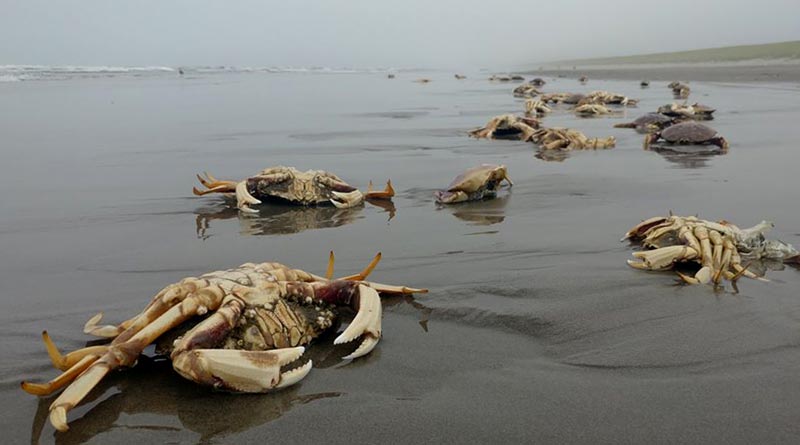
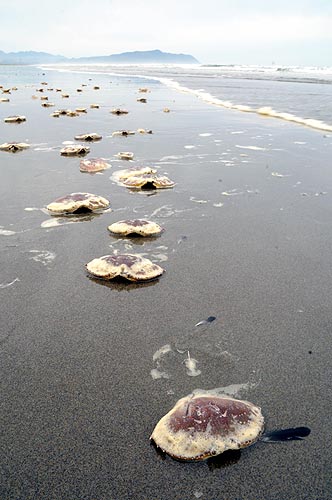 "It can look like a major disaster occurred to the crab population, but it's as natural as kids outgrowing their old shoes," ODFW said.
"It can look like a major disaster occurred to the crab population, but it's as natural as kids outgrowing their old shoes," ODFW said.


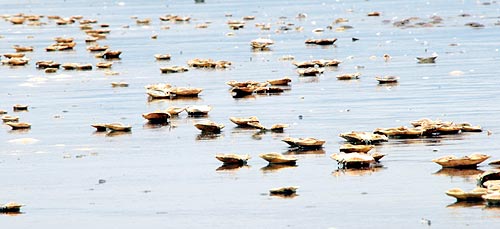
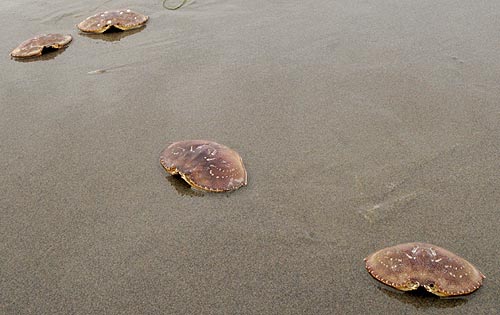
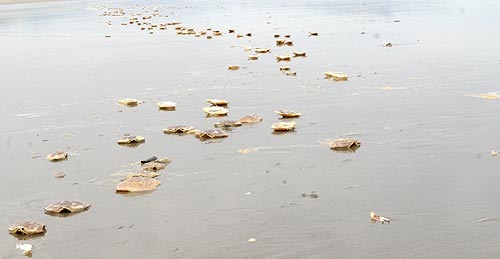
Comments
Post a Comment